Are black bears dangerous? Yes, despite what many people would tell you. In the right environment and conditions, a black bear will cause death or serious bodily harm to humans. This article will look at some statistics and show you how to avoid an encounter with a dangerous black bear.
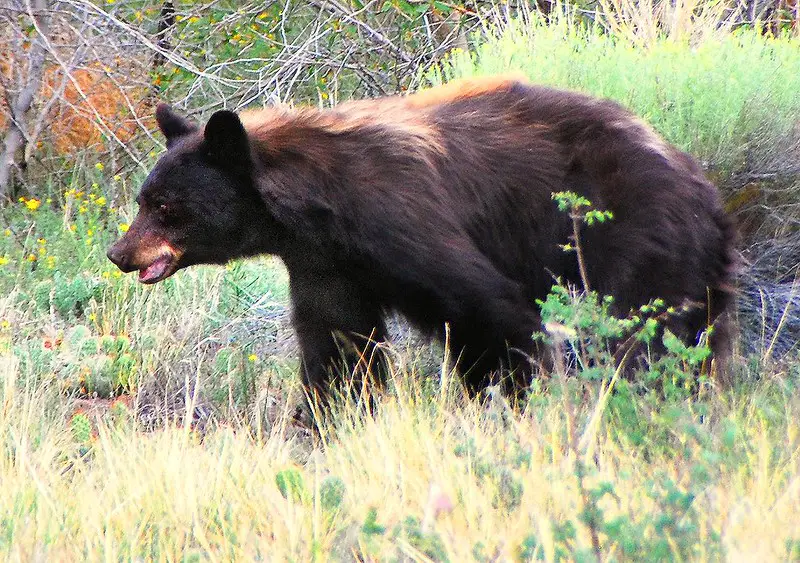
Since the 1990s, black bears have killed 40 humans in the U.S. and Canada. As a statistic, that’s not a lot—about one person per year. However, most of these people were working or recreating in the wild (where most humans do not venture), and nearly all died due to unprovoked attacks.
And this statistic leaves out all the people who survived (some just barely and with permanent, debilitating wounds) a black bear attacks. In the first seven years of the 2010s, there were an average of 30 nonfatal attacks on humans by black bears in the U.S. and Canada. In the week this article was researched, four people were attacked.
Related: What does black bear poop look like?
When are black bears dangerous?
Black bears are very timid creatures. They usually catch your scent and flee your presence unseen. When they do stumble upon humans, their first reaction is also flight.
Black bears attack humans to defend themselves from a perceived threat, to preserve a food source, and to feed on them.
Despite weighing half what their male counterparts weigh, female black bears are involved in most defensive attacks on humans. Nearly all of these attacks occurred when cubs accompanied the sow.
Related: How to tell a black bear sow from a boar.
Predatory attacks on humans are almost always carried out by male black bears. 4 out of every 5 food source attack also involved male black bears.
Related: The 4 best black bear hunting tips.
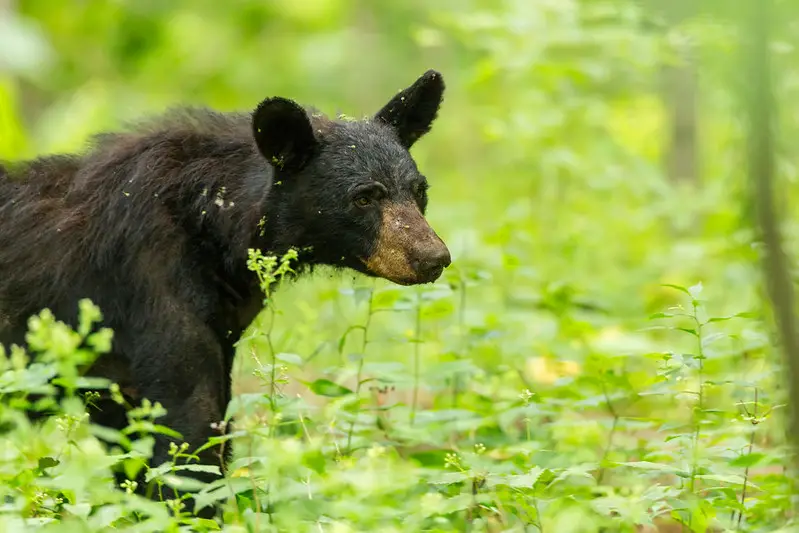
What causes black bears to make defensive attacks.
That fact that a momma bear will defend her cubs is known to all hikers and every single child five years or older who has read a book. Don’t get between a momma bear and her cubs; this message needs no further promotion. The problem is you sometimes don’t realize when you are about to break this safety rule.
Even a vigilant hiker is looking for a big black bear and one or two smaller ones, like this…
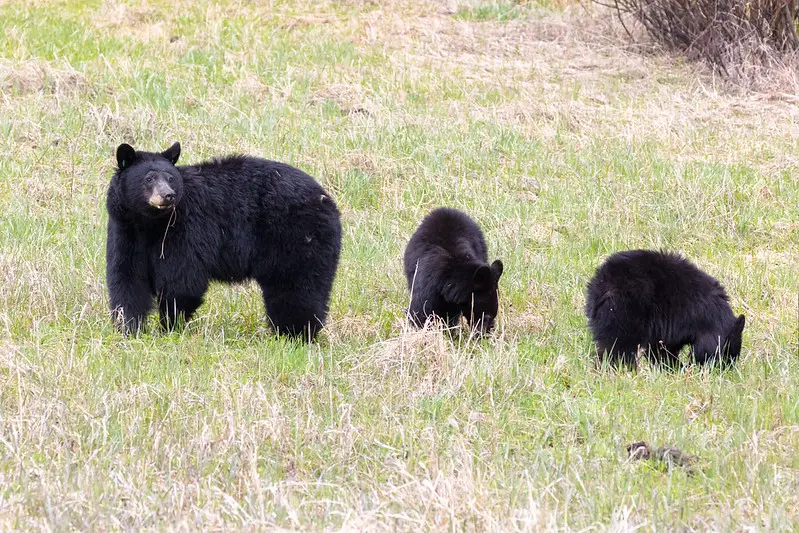
But when a black bear sow is foraging, she will often secret her cubs in high grasses, heavy vegetation, or up in a tree. You are in a dangerous spot if you don’t see the cubs. Those who participate in bear hunting attempt to prevent these situations by never hunting bears in a group and never using a cub in distress call—but even the experts make a mistake sometimes.
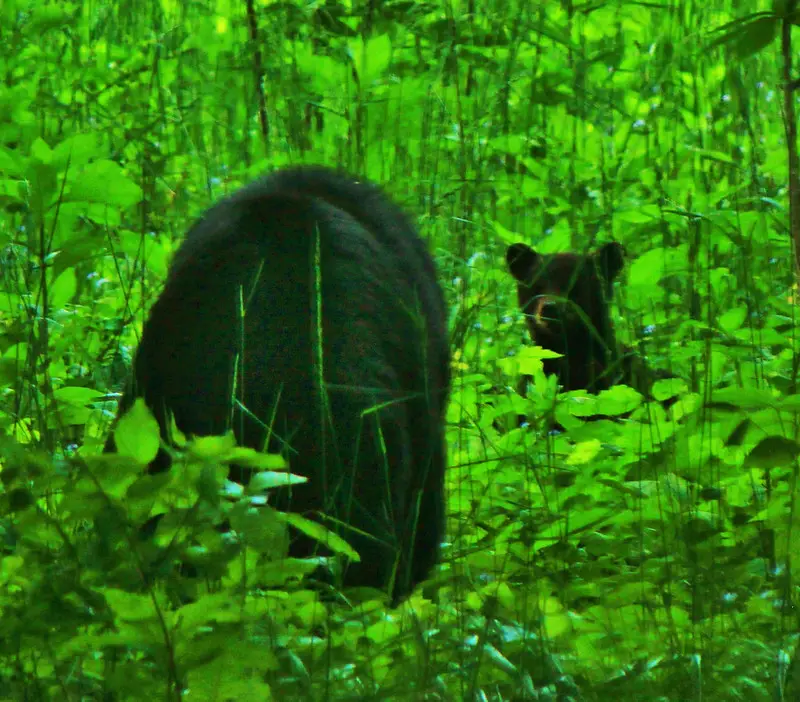
Nearly half of all female black bear attacks on humans begin when a pet dog threatens the sow or her cubs. This is why the 14 million visitors to the Great Smoky Mountain National Park (home of over 2,000 black bears) must always keep their dogs on a leash.
When unleashed dogs tangle with a black bear, there can be two unfortunate outcomes; the owner moves in and tries to protect the dogs, or the dogs flee back to the owner, bringing the now angry bear along with them. This is how the majority of nonfatal attacks on women occur.
Most nonfatal attacks were defensive in nature.
When black bears prey on humans.
Most fatal attacks on humans were made by lone, male black bears that stalked and killed to feed. If you are a fan of nonfiction homicide books and movies, you might be interested to know what the ”profile” of a predatory black bear looks like.
Predatory black bears are male and always act alone. They often kill at the start of fall, when they are packing on the pounds in preparation for hibernation. Most of their victims died while camping during the day, alone. Small young children or the elderly are frequent targets.
Survivors of these attacks fought back with bare hands, fists, knives, bear spray, and rifle, pistol, or shotgun fire. The recovered dead were rarely armed with any offensive or defensive weapons.
Related: Black bear hunting tips for beginners.
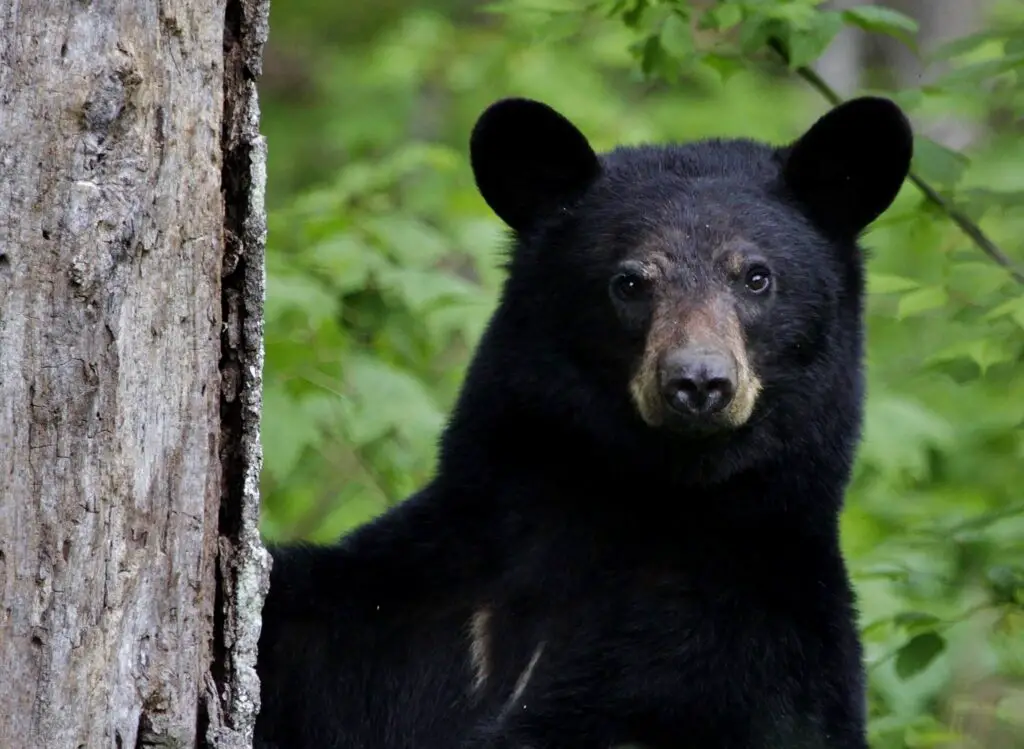
When is a black bear dangerous and predatory?
There is an old F.B.I. saying, “Callers never kill, and killers never call.” Translation: The more bluster, the less the threat. Black bears act exactly the same way.
A frightened black bear will growl, snap its teeth, pound the ground with its forelegs, and even make a mock charge, but it is often too afraid to attack. Simply backing away and giving the bear some breathing room will prompt it to flee up the closest tree.
A predatory bear will not make any displays; it will come in—and your only hope of survival is fighting back. Remember one more saying, ”a lion uses all of its strength to kill a rabbit.”
With a black bear, ”play dead” will lead to you being dead. Fight back until the attack ceases.
Related: Where to shoot a bear.
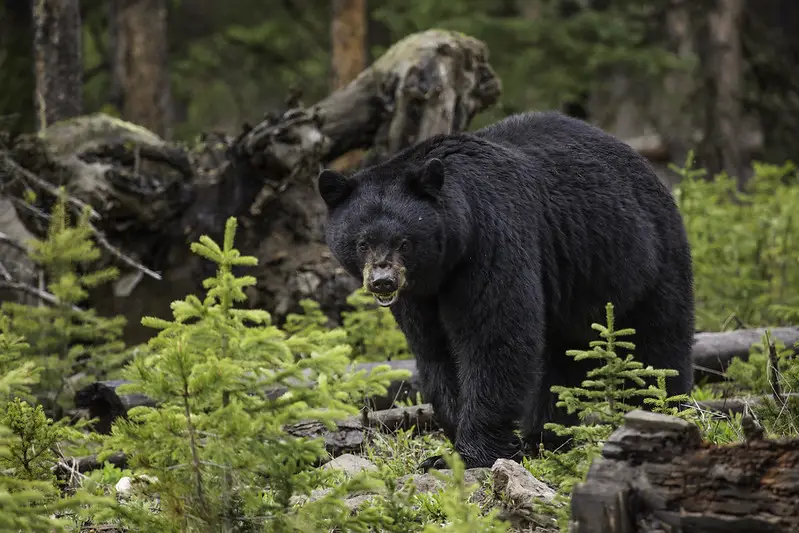
How to act to when encountering a black bear.
If you spot a black bear at a distance, hold up for a while and watch it. If the two of you are going in different directions, watch it until it is out of sight.
You are too close together if the bear spots you and changes its behavior or direction. In this case, do not approach the bear and do not allow it to approach you. Increase your separation by backing away slowly.
NPS recommendations for a potentially dangerous black bear.
The National Park Service recommend the following actions if you are followed or approached by a non vocalizing black bear that is not paw swatting (this means it is not afraid of you).
- Change your direction.
- If the bear continues to follow you, stand your ground.
- If the bear gets closer, talk loudly or shout at it.
- Act aggressively to intimidate the bear.
- Act together as a group if you have companions. Make yourselves look as large as possible (for example, move to higher ground).
- Throw non-food objects such as rocks at the bear.
- Use a deterrent such as a stout stick.
- If you are carrying bear spray, begin to discharge it when the bear comes within 20 yards of you.
- Don’t run and don’t turn away from the bear.
- Don’t leave food for the bear; this encourages further problems.
- Identify yourself by talking calmly so the bear can distinguish you from a prey animal.
- Stay calm.
- Pick up small children and dogs right away.
- Make yourself look larger.
- Don’t allow the bear access to your food.
- Don’t drop your pack.
- Move away slowly and sideways, but only if the bear is sitting still. Do not run or attempt to scale a tree (black bears are great climbers).
- Leave an escape route open so that the bear can leave.
- When it leaves and you feel safe, exit or detour the area.
The NPS asks that you don’t discharge a firearm; this can cause a safety hazardfor other visitors—but all bets are off at some point, right?
How fast can a black bear run?
A black bear can at up to 30 m.p.h. The average, if reasonably fit, human male being chased by one might hit 12 m.p.h.
Running downhill to escape a pursuing bear will not help; most bears are faster going downhill than uphill.
Always make the bear flee, never try it yourself.

